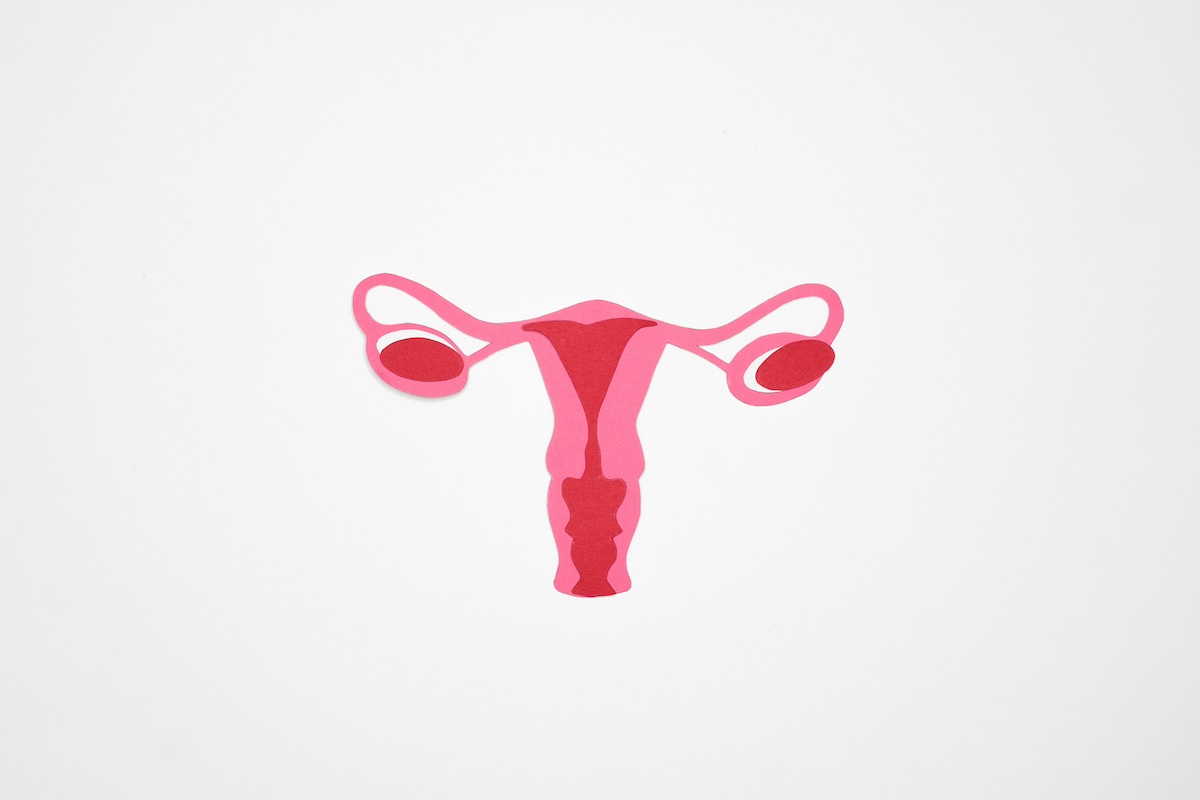Is there any data on how periods change after pregnancy? I’ve heard many people (myself included) talk about how their physical period symptoms are milder, but why? And how common is this?
—Happy to not need painkillers
It’s great that your periods have become less painful after giving birth!
We often counsel women that their periods may change after giving birth — in either direction. Menstruation can get heavier or lighter. Cramping can become better or worse. Almost anything can be normal when it comes to periods after pregnancy.
There is no data on how many women experience one change or another. It is possible to experience less disruptive periods after one pregnancy and more disruptive periods after a second pregnancy. Your periods can also change throughout the first year postpartum as your hormone levels fluctuate with sleep disruption, breastfeeding, and general recovery from pregnancy.

In general, estrogen levels affect how heavy or light our periods are. Before ovulation, estrogen levels rise and lead to a buildup of uterine lining. The more estrogen you have and the longer it stays elevated prior to ovulation, the more lining there is to slough off. Very small changes in estrogen level can have a noticeable effect on menstrual flow.
The degree of cramping women experience is influenced by a number of factors. Women with heavier periods often experience more pain. Women over 30 years of age also experience less pain. Occasionally, structural changes in the uterus can be a factor. One risk factor for more painful periods after pregnancy is delivering via C-section.
Irregular periods — those that last longer than seven days — very light periods, very heavy periods, and cycles shorter than 21 days and longer than 35 days are all things you should discuss with your gynecologist, because they can be symptoms of a number of other problems.
The takeaway: It is not unusual for a woman’s periods to change after pregnancy, but the changes women experience vary widely even from one pregnancy to the next.
Community Guidelines















Log in